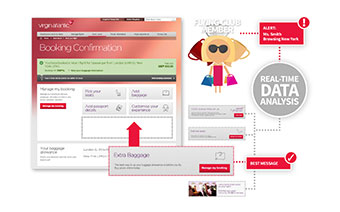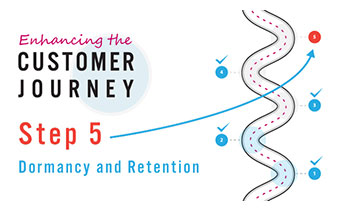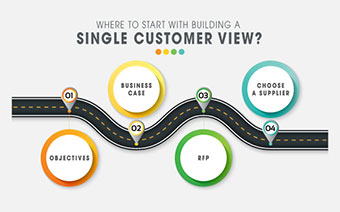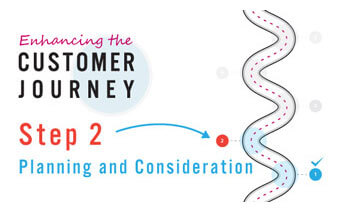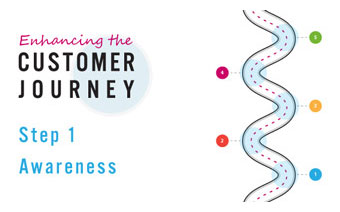Well, you do, obviously. But the truth is that not all customers are equal and it’s important to know which are contributing to your business, and which are no longer profitable.
At R-cubed, one of the things we do is to dive deep into our clients’ campaign performance, to really understand which customers are responding and which aren’t. Unless you have an unlimited budget, you need to spend your money where it will have most impact.
Beyond response rates
It’s not enough to simply measure response rates. To get a true understanding of a campaign’s performance, you need to measure not only the incremental response, but also the impact on your customers’ normal behaviour. Many companies have been delighted with the results of a promotionally-led campaign, only to later realise they have lost full price sales as a result.
What might you discover?
Let’s illustrate what we mean with a real life example. We worked with a major fashion retailer to measure the true impact of their direct mail. At a high level, the campaigns were showing a positive ROI and their targeting strategy seemed to be working.
However, when we broke the results down, we found that the top 10% of customers were spending 12 times more than the lowest 10%. In fact, the top 30% of customers were driving 70% of all spend, yet the company was treating all customers exactly the same.
Worse still, 24% of all mail packs had gone to customers who generated only £6 of revenue. At an average of 8 mailings per year, these customers were costing as much to service as they were spending!
There was clearly an immediate benefit to be had by cutting out unprofitable customers, enabling the company to reinvest budget into more profitable areas.
Not all sales are incremental
Another key finding was that only 53% of sales from the direct mail campaigns were actually incremental. By taking a consolidated view of customers’ spend across all channels, we found that almost half the sales could be attributed to other channels such as online and store shopping.
For customers who shopped online, only 16% of sales from the mail packs were incremental, showing that there were clear channel preferences amongst the customers.
This gave an opportunity to either remove these customers, or trial a cheaper communication to free up marketing budget to use elsewhere.
The results
There was nothing fundamentally wrong with the campaigns themselves – it was just that customers were being treated as one large group, all with the same characteristics. Our findings provided the basis for making significant improvements in marketing effectiveness;
- 30% of customers drove 70% of spend, providing an opportunity to focus on the best customers
- 24% of customers barely spent enough to cover the cost of the mailings they received – a clear opportunity for reallocating marketing budget
- Only 53% of spend was truly incremental, once other channels were accounted for
- Email engagement drove up spend – so a data collection programme could be put in place
If you’ve ever wondered whether your marketing activity could be delivering better results, why not get in touch?



































